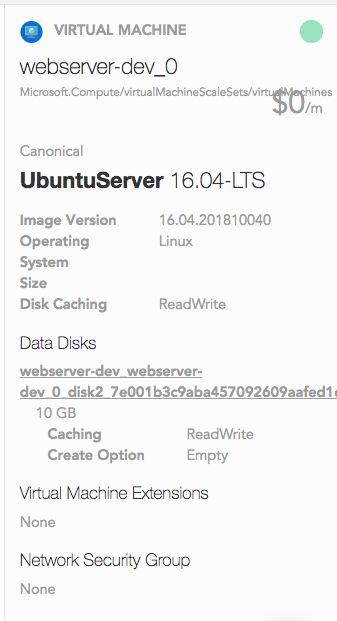In the series of Terraform posts we have shown how to effectively utilize Infrastructure as Code to build, deploy, scale, and monitor a fleet of infrastructure across both AWS and Azure. The beauty of Terraform is that we can leverage providers to execute the entire deployment in a consistent way across clouds regardless of the particular constructs. The particulars (API interactions, exposing resources, dependency mapping, etc.) are taken care of by Terraform and the providers themselves.
To recap this is what we have covered so far:
Build dev, staging and production environments across regions (AWS)
Building a fleet in Azure (Azure)
Now that we have our fleet in both AWS and Azure, let’s move between them.
Moving Fleet between AWS and Azure
Below are the respective fleets in both AWS and Azure.
Having presence in both we will need to redirect our traffic to our cloud of choice. This is easily done via DNS. The Terraform output from our AWS and Azure deployments via Terraform provides us with the public facing DNS names for each of the respective environments. These are the same DNS names that we have used to validate our deployments in each of the given clouds during the previous steps.
We can then log into our DNS provider/management service (mine happens to be with Hover) and create three CNAME records. azure, aws and www. The domain name I will be using to access our fleet is couchtocloud.com
The aws and azure records are not necessary but I like to be able to browse to them directly for troubleshooting if necessary.
The www record can then be pointed at which ever cloud you want to traffic to be directed to, and modified to point to a different cloud when needed. We can now dictate which cloud we want to send traffic to with a simple DNS update. For a simple form of load balancing between the clouds you can create two www records, one pointing to aws and the other to azure. Requests will then round robin between the two clouds.
Wrapping Up
And that is a wrap for this series where we showed how to use Terraform to build out environments both in AWS and Azure and move between the two. Terraform is extremely powerful and I further encourage you to learn more on how it can be used for enabling you to safely and predictably create, change, and improve infrastructure.



















